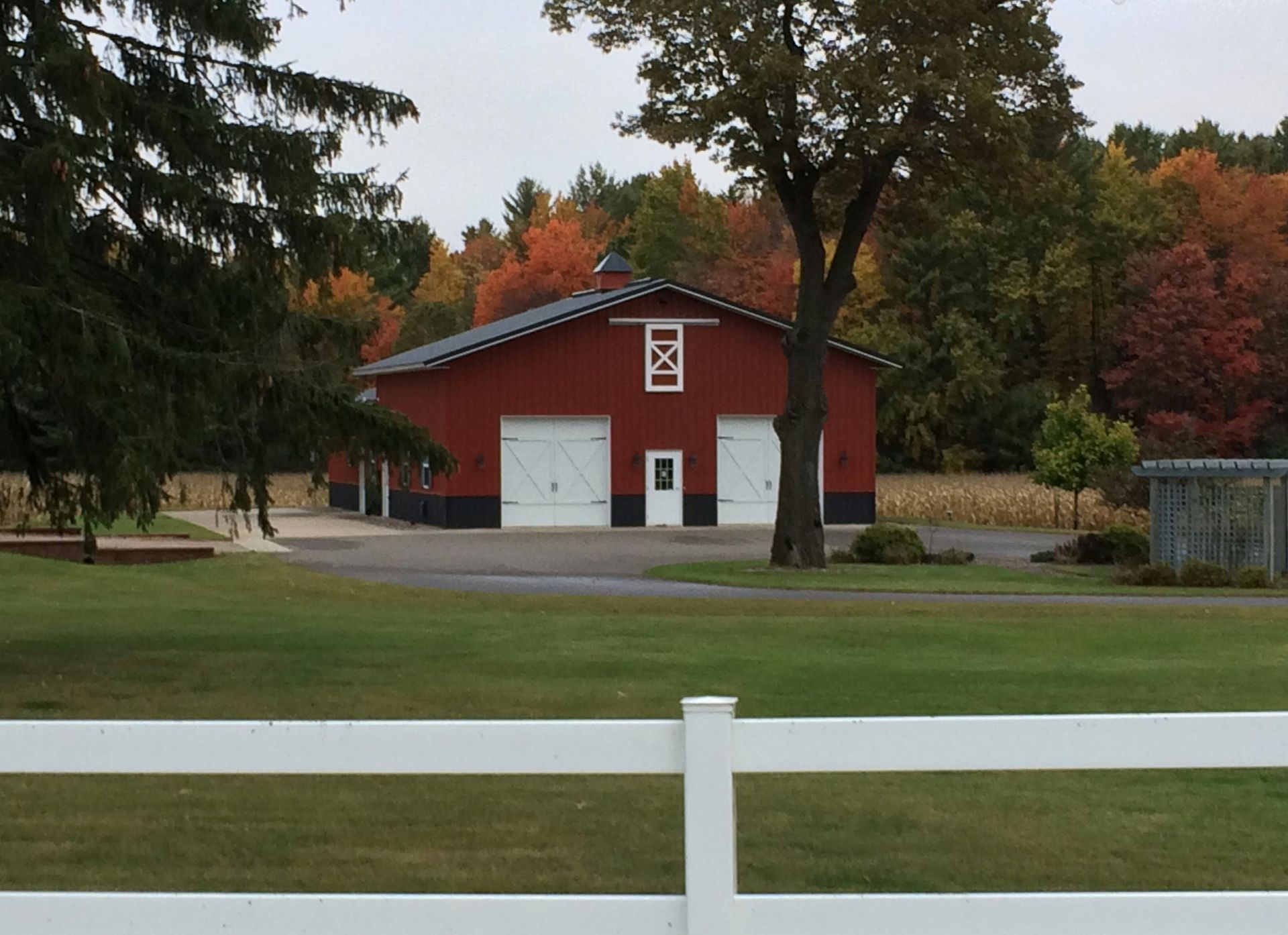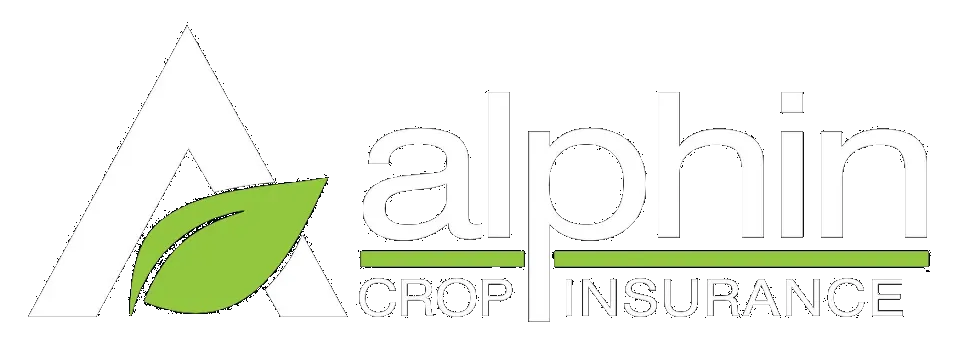Actual Production History (APH) Policies
Yield-Based Protection
A policy built on your own records
APH stands for Actual Production History, and it’s the foundation of many crop insurance policies. This approach looks at your farm’s past production averages to determine what your coverage should be. If your yield drops below the guaranteed level because of weather or other natural causes, the policy may help cover the shortfall. It’s a trusted option for farmers who want to protect what they’ve worked hard to build year after year.


What APH Policies Cover
Simple coverage with local flexibility
These policies are widely used in North Carolina and are available for many common and specialty crops. They’re designed to reflect your actual production over time — not just a county average.
Historic Yield Guarantee
Coverage is based on your farm’s 4–10 year production history.
Loss Protection
Pays when yields fall below your insured average due to covered causes like drought or storms.
Flexible Coverage Levels
Choose how much of your average yield to insure — from basic protection to more complete options.
Fits Many Crops
Common for tobacco, peanuts, blueberries, and others depending on the area.
Supports Recordkeeping
Encourages consistent documentation to keep your coverage accurate and up to date.
What does APH stand for, and how does it work?
APH stands for Actual Production History. The policy looks at your past yields — usually over the past 4 to 10 years — to create an average for each insured crop. You choose a percentage of that average to insure. If your harvest comes in lower due to a covered cause, the policy may pay a portion of the loss.
What crops can be insured with APH in North Carolina?
Many crops can use APH-based policies, including tobacco, peanuts, blueberries, and some vegetables and fruits. It depends on what’s available in your specific county. We can help check eligibility for each crop you grow and see if APH is the best fit. If it’s not available, we may explore other options like Whole-Farm Revenue Protection.
What if I’m a new farmer and don’t have yield history yet?
If you don’t have enough personal yield history, your policy can start with a “T-yield,” which is based on county averages. Over time, as you build your own records, your actual numbers will replace those estimates. This makes APH flexible for new farmers getting started. We’ll help set things up so your coverage grows with you.
How do I report my production history each year?
You’ll submit production records for each insured crop after harvest. These include things like bin measurements, sales receipts, or weight tickets. We’ll guide you on what’s needed and help make sure it’s submitted on time. Good records help keep your APH accurate and protect your coverage for the future.
Is APH different from Revenue Protection?
Yes — APH policies cover yield only, while Revenue Protection also factors in market prices. If you’re focused on just protecting your harvest amounts, APH is a strong, simple choice. If you want to include price coverage, we might suggest Revenue Protection or a combo, depending on your goals. We’re happy to walk through the differences.
